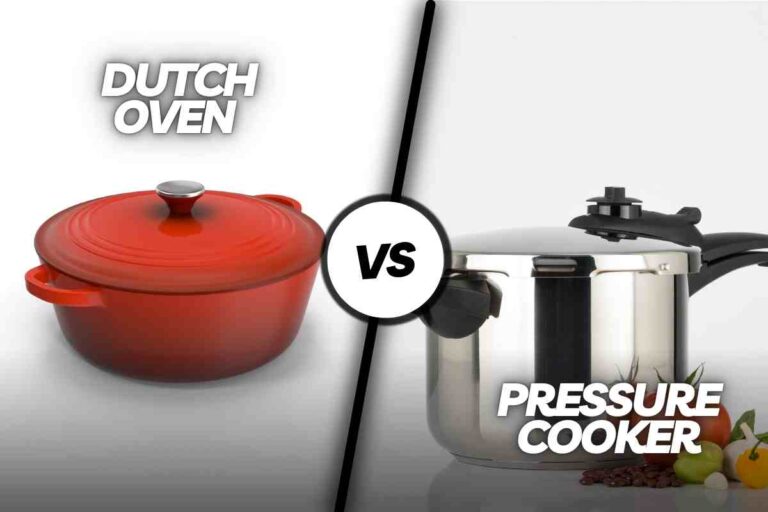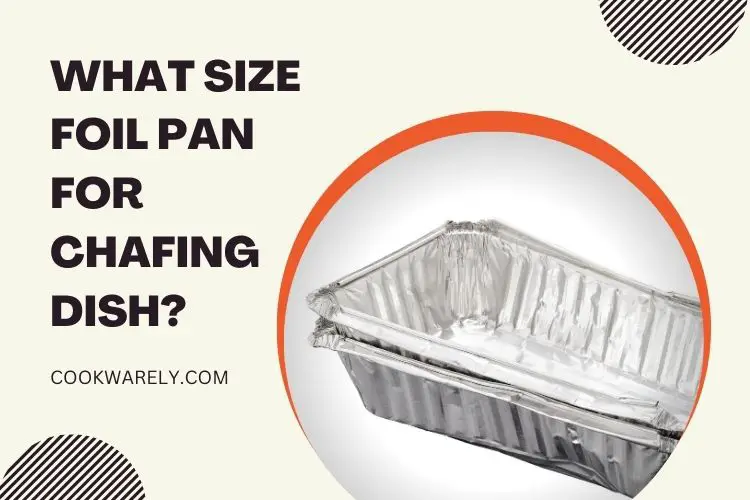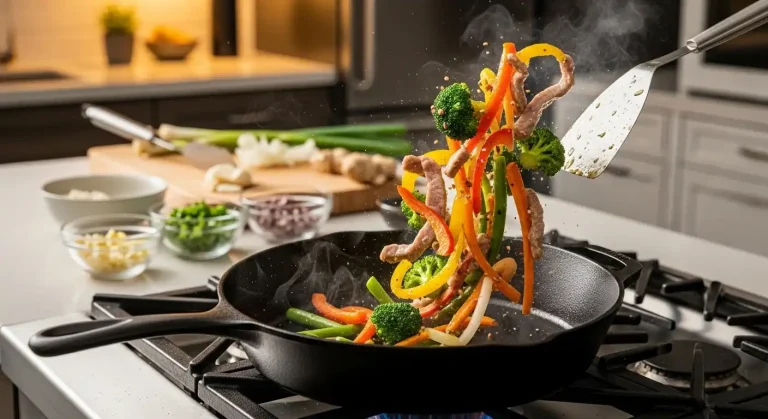Can Stainless Steel Pans Be Seasoned?
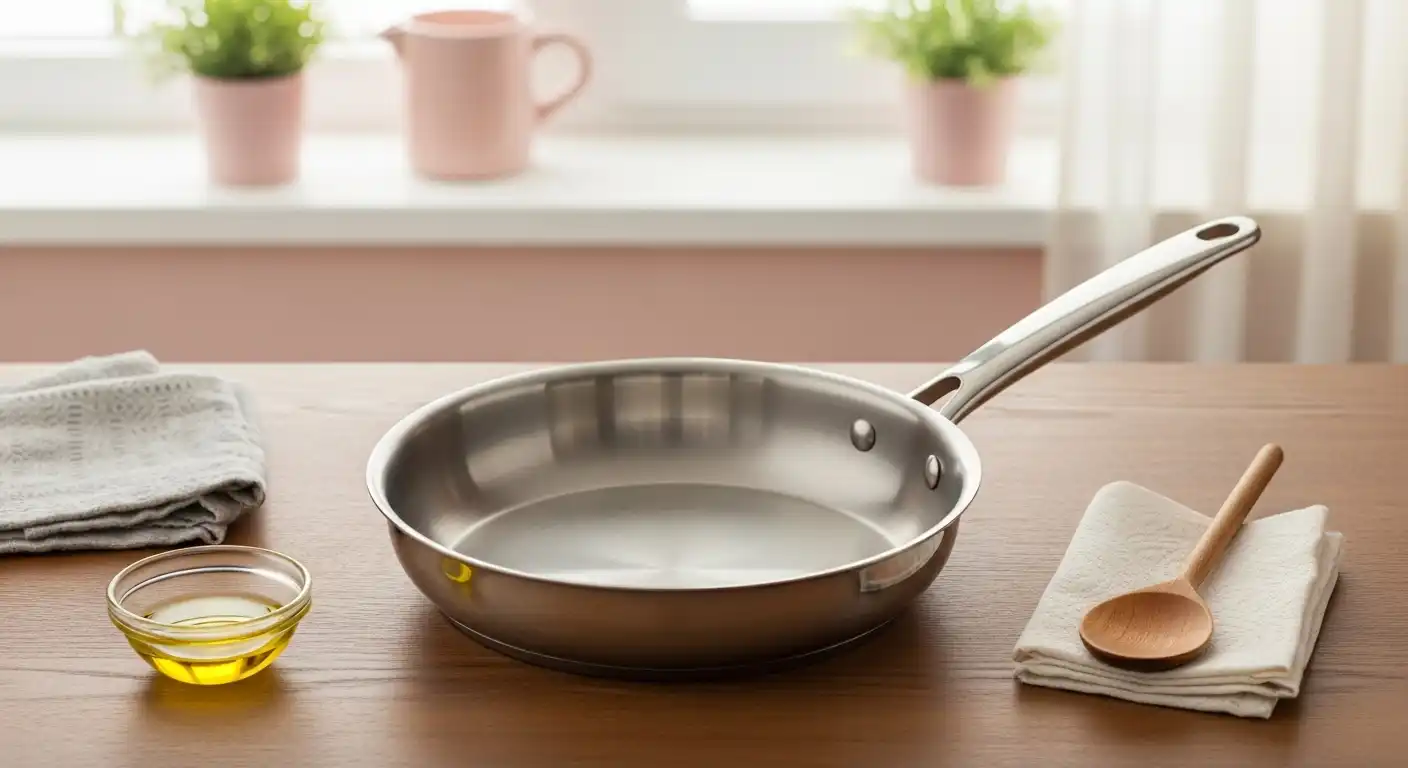
When you think of seasoning cookware, cast iron skillets usually come to mind. But what about stainless steel? Can stainless steel pans be seasoned too?
The answer is yes, and seasoning them can make a noticeable difference in your cooking experience.
In this guide, we’ll explore whether seasoning stainless steel is necessary, how to do it properly, and why you might want to try it. Let’s dive in.
Do Stainless Steel Pans Need to Be Seasoned?
Technically, stainless steel pans don’t need to be seasoned in the same way that cast iron does. Stainless steel is naturally non-porous and doesn’t rust.
🎄 Christmas & Year-End Amazon Deals !
Don’t miss out on the best discounts and top-rated products available right now!
*As an Amazon Associate, I earn from qualifying purchases.
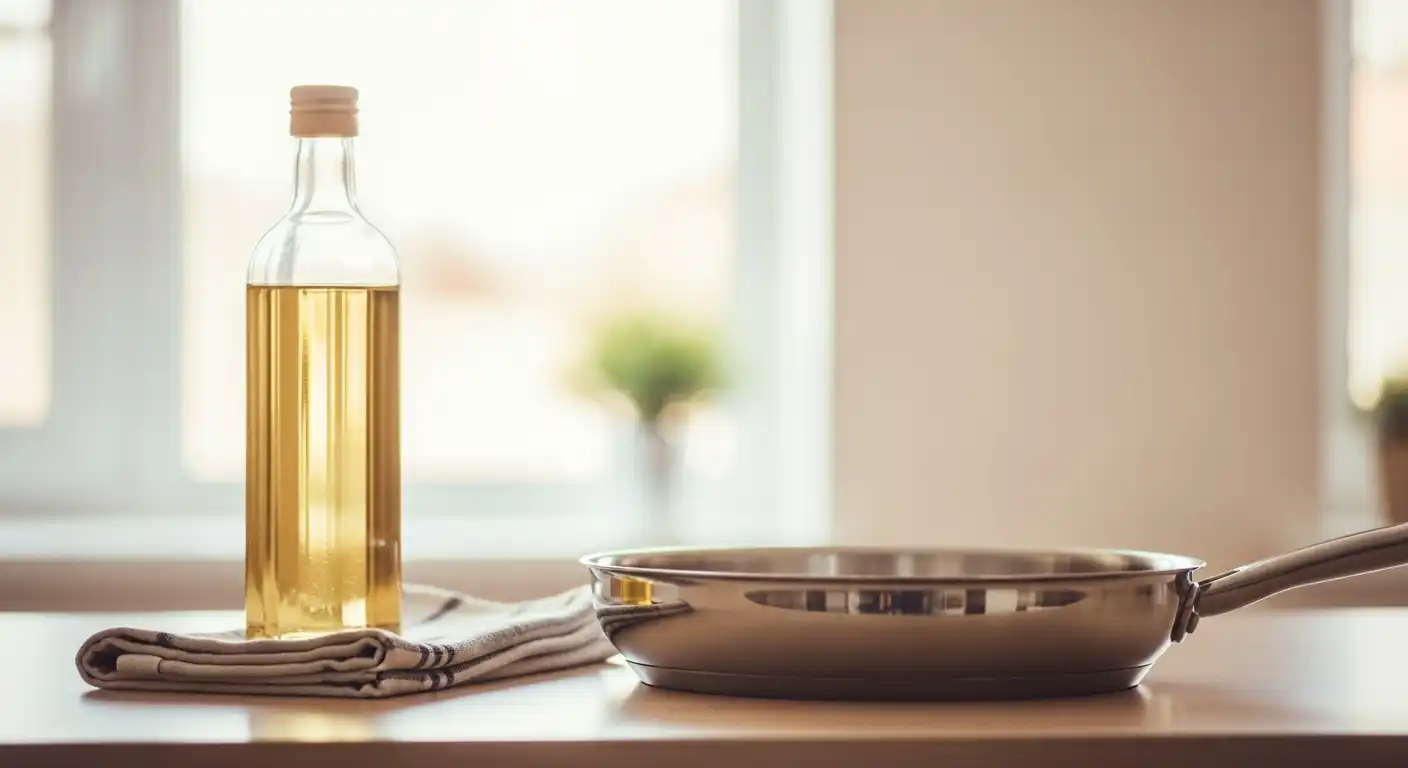
However, seasoning can create a light protective layer that helps minimize food sticking, especially when cooking delicate items like eggs or fish.
Many home cooks find that seasoning their stainless steel pans improves their nonstick performance and makes cleanup easier.
If your stainless steel cookware has developed white spots or discoloration, seasoning won’t fix those issues.
You can learn how to clean white spots on stainless steel pans here.
How Does Seasoning Work on Stainless Steel?
Seasoning a stainless steel pan works by heating a thin layer of oil to its smoke point, causing the oil to bond with the surface of the pan.
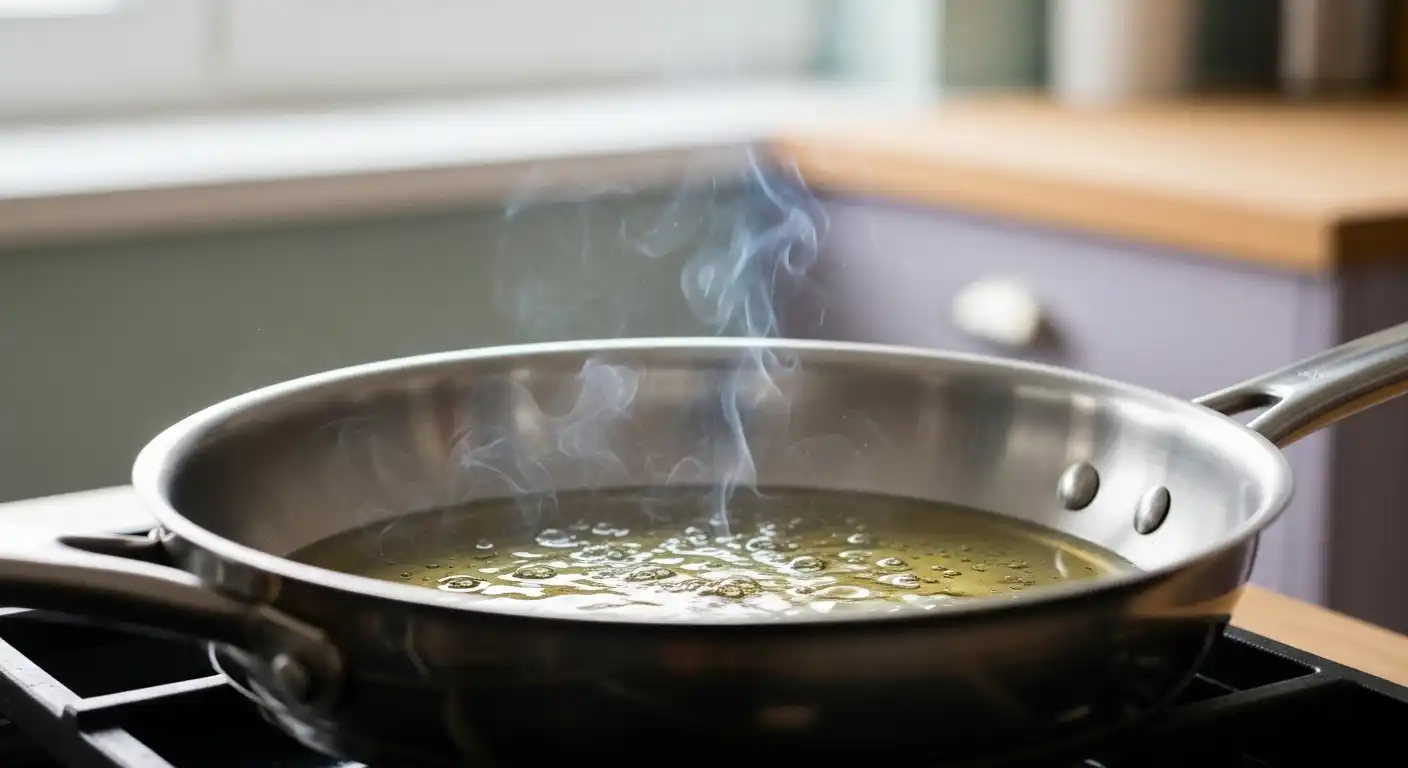
This polymerized oil creates a slick coating over the stainless steel.
Unlike cast iron, the seasoning layer on stainless steel is very light and can wear off with vigorous cleaning or dishwasher use.
(If you’re curious whether you should put stainless steel in the dishwasher, read this guide.)
Can Stainless Steel Pans Be Seasoned at Home?
Absolutely! Seasoning stainless steel pans at home is simple and only takes a few steps.
You likely already have everything you need in your kitchen.
Here’s how you can season your stainless steel pans:
Step 1: Choose the Right Oil
Pick an oil with a high smoke point. Good choices include:
- Grapeseed oil
- Canola oil
- Vegetable oil
- Avocado oil
Avoid butter or olive oil since their smoke points are too low.
Step 2: Clean and Dry the Pan
Start with a clean pan. If your pan has any discoloration or cloudiness, clean it first. Here’s a helpful post on removing discoloration.
🎄 Christmas & Year-End Amazon Deals !
Don’t miss out on the best discounts and top-rated products available right now!
*As an Amazon Associate, I earn from qualifying purchases.
Dry the pan completely with a soft towel.
Step 3: Heat the Pan
Place the pan on your stove over medium heat. Allow it to heat for 1-2 minutes before adding oil. This step opens up the microscopic pores in the steel.
Step 4: Add and Spread the Oil
Pour a small amount of oil into the pan—just enough to coat the surface. Swirl the oil around or use a paper towel to spread it evenly.
Step 5: Heat to the Smoke Point
Let the pan heat until the oil begins to smoke. Once it smokes, turn off the heat and let the pan cool completely.
Step 6: Wipe Off Excess Oil
When the pan is cool, use a paper towel to wipe away any excess oil. Your pan now has a light seasoning layer!
How Often Should You Season a Stainless Steel Pan?
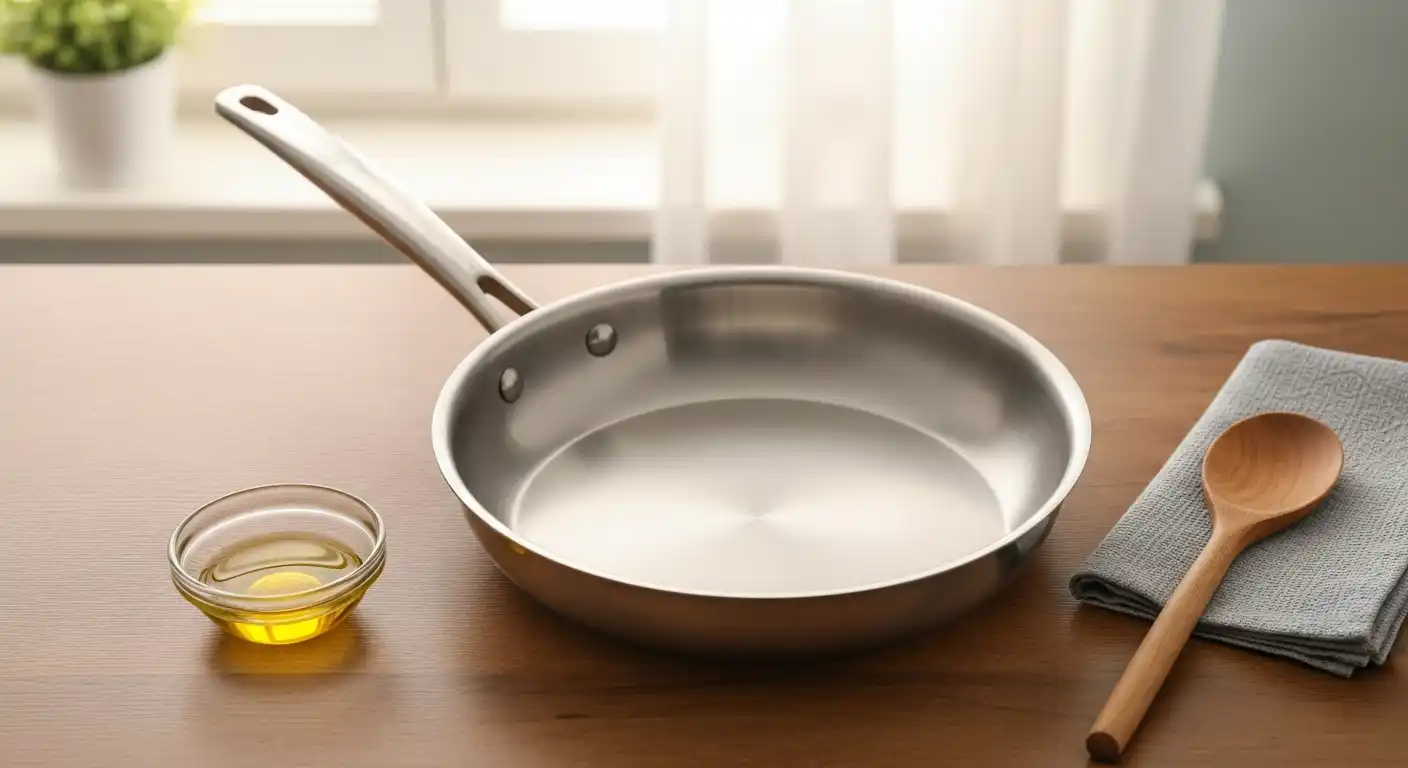
Unlike cast iron, stainless steel doesn’t need regular seasoning.
You might re-season your pan every few months or whenever you notice food sticking more than usual.
Also, keep in mind that using the dishwasher or heavy scrubbing can remove the seasoning layer.
If your stainless steel cookware loses its shine, learn how to restore shine to stainless steel.
Benefits of Seasoning Stainless Steel
Why bother seasoning stainless steel at all? Here are a few reasons:
- Reduces food sticking: Especially helpful when cooking eggs or fish.
- Simplifies cleaning: Food residue releases more easily.
- Adds a protective layer: Reduces discoloration from high-heat cooking.
- Enhances cooking performance: Gives your cookware a smoother surface over time.
If you’re experiencing burning or sticking problems, also check out why your stainless steel pans might be burning.
What to Avoid After Seasoning Stainless Steel
After seasoning, avoid washing your pan in the dishwasher or using harsh scrubbing pads. These can remove the thin seasoning layer.
🎄 Christmas & Year-End Amazon Deals !
Don’t miss out on the best discounts and top-rated products available right now!
*As an Amazon Associate, I earn from qualifying purchases.
Instead, hand wash your pan with warm water and a soft sponge. If you accidentally remove the seasoning, don’t worry—you can always repeat the seasoning process.
Wondering if you can store food in your seasoned cookware? Find the answer here.
Do Stainless Steel Woks and Pots Need Seasoning Too?
The concept applies beyond frying pans. Stainless steel woks, for example, can also benefit from seasoning.
Learn more about it in our post: Do Stainless Steel Woks Need to Be Seasoned?.
That said, stockpots and saucepans don’t generally require seasoning since they’re mostly used for boiling or simmering.
Can Stainless Steel Pans Be Seasoned for Induction Cooking?
Yes, you can season stainless steel pans that are induction-compatible. The seasoning process works the same way.
If you’re wondering whether your cookware is induction-ready, check out our guide on stainless steel pots and induction cooktops.
Also, make sure your pan’s base is flat and magnetic to work efficiently with induction heat sources. More on that here.
Can You Put a Seasoned Stainless Steel Pan in the Oven?
Yes, many stainless steel pans are oven-safe. However, confirm your cookware’s heat tolerance before baking or broiling with it.
You can learn more about oven safety for stainless steel pans here.
Keep in mind that extreme oven temperatures might weaken the seasoning, but they won’t harm the stainless steel itself.
Final Thoughts
So, can stainless steel pans be seasoned? Absolutely. While it’s not a must, seasoning your stainless steel cookware can make cooking easier and cleanup smoother.
🎄 Christmas & Year-End Amazon Deals !
Don’t miss out on the best discounts and top-rated products available right now!
*As an Amazon Associate, I earn from qualifying purchases.
Seasoning is a simple process you can do right at home, using just oil and heat. And if you take care of your pans properly, you’ll enjoy years of reliable performance.
For more stainless steel care tips, check out these helpful reads:
- How to Remove Cloudy Stainless Steel Pans
- Are Old Stainless Steel Pots and Pans Safe to Use?
- Can You Put Stainless Steel Pots in the Oven?
- Cast Iron Dutch Oven vs Stainless Steel Pot
Take care of your stainless steel pans, and they’ll reward you with great meals for years to come.

